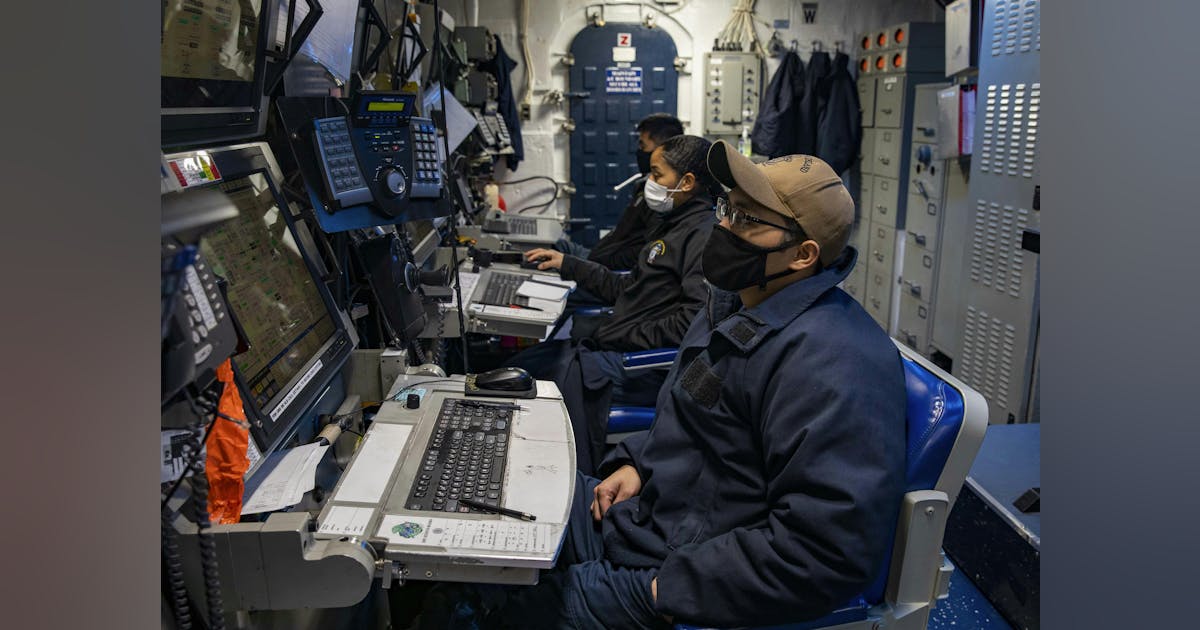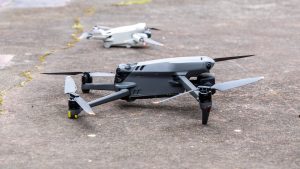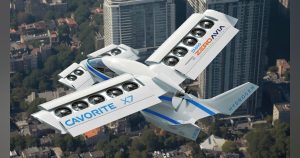U.S. Navy and GE Vernova: Advancing Megawatt-Scale Converters for Electric Ship Propulsion
The United States Navy is forging ahead in maritime technology by collaborating with GE Vernova Naval Systems to develop groundbreaking megawatt-scale hybrid modular converters. These innovative power electronics are set to revolutionize not only naval propulsion but the entire architecture of electric warships.
The Importance: Towards Electric Warships
As global naval forces compete technologically, electric propulsion stands at the forefront. Traditional vessels depend on mechanical drive shafts and intricate gearboxes. In contrast, electric propulsion employs powerful motors and flexible systems, ensuring precise power distribution for silent operation, rapid speeds, or supporting advanced weaponry and sensors.
Unveiling the Megawatt-Scale Hybrid Modular Converter (HMMC)
Central to this modernization is the Hybrid Modular Multi-Level Converter (HMMC), underpinned by a $10.4 million research initiative by the Navy’s Office of Naval Research.
Key Innovations:
- Megawatt-scale power capacity: Essential for the substantial energy demands of modern naval vessels.
- Next-gen semiconductors: Incorporating silicon carbide (SiC) MOSFETs for enhanced efficiency and fault tolerance.
- Modular and scalable design: Easily adaptable for different vessel needs, from patrol boats to aircraft carriers.
- Pulse Power Capability: Supports sudden energy demands for systems like directed energy weapons.
Application in the U.S. Navy
The hybrid modular converter plays an integral role across various ships:
- Nuclear submarines & aircraft carriers: Enables electric propulsion and advanced weapon systems.
- Surface warships: Powers electric drives and sophisticated command systems.
- Gas turbine–electric hybrids: Enhances fuel efficiency through combined gas turbine and diesel engine operations.
Why It’s Revolutionary
Energy flexibility equates to tactical flexibility. Ships with hybrid modular converters can seamlessly switch power priorities, reduce noise signatures, and bolster survivability through dynamic power redistribution.
Real-World Integration and Case Studies
- Columbia-class submarines & Zumwalt-class destroyers: Already employing GE Vernova’s technologies.
- Integrated Full Electric Propulsion (IFEP): Embraced globally in projects like new-frigates, enhancing ship efficiency and stealth with advanced electric grids.
- Land-based propulsion test facilities: Rigorous validation in the U.S. and UK ensures combat readiness.
Exploring the HMMC Technology
1. Next-Gen Power Electronics:
SiC MOSFETs: Enable higher switching speeds and reduced losses, crucial for robust and compact power electronics.
Multi-level Modular Topology: Ensures precise voltage and redundancy management.
2. Smart Integration:
- Electric Ship Grids: Facilitates dynamic power routing for engines and high-power systems.
- Compact Induction Motors: Essential for silent operations and enhancing stealth.
Implications for Shipbuilders and Operators
The integration of HMMC technology in naval fleets promises:
- Space efficiency: Eliminates bulky mechanical components, freeing up space.
- Reduced maintenance costs: Electric systems require less upkeep than mechanical ones.
- Enhanced weapon integration: New weapons can draw power directly from the ship’s main grid.
Trust in GE Vernova’s Experience
With extensive experience supporting over 40 U.S. Navy and Coast Guard vessels, GE Vernova is a leader in propulsion technology, ensuring reliability and cutting-edge solutions.
The Human Element Behind Innovation
Beyond technological advancements, GE Vernova’s teams collaborate closely with naval stakeholders, ensuring reliable power delivery through detailed integration and support.
Future of Naval Power
With increasing demand for advanced weapons and defense systems, the ability to upgrade and integrate new power solutions is critical, giving navies a strategic advantage.














